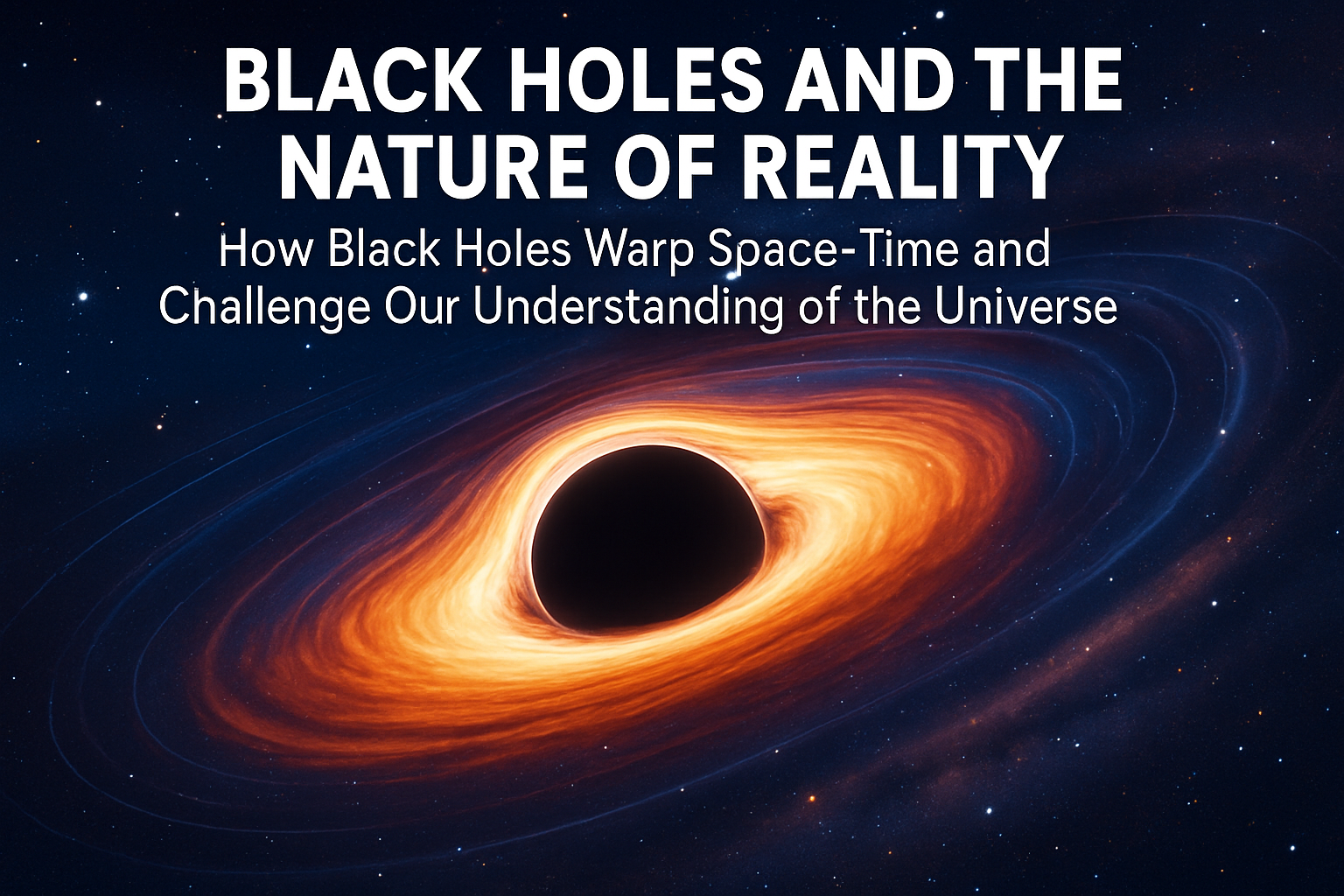Location
Mount Vernon, WA 98274
Location
Mount Vernon, WA 98274

Black holes have long captivated scientists and the public alike, serving as a gateway to understanding the universe's most complex phenomena. This article delves into how black holes not only warp space-time but also raise fundamental questions about the nature of reality itself.
Black holes are among the most mysterious entities in the universe, acting as cosmic laboratories where the laws of physics as we know them break down. Formed from the remnants of massive stars that have collapsed under their own gravity, black holes possess gravitational fields so strong that not even light can escape their grasp. This unique property allows them to warp the very fabric of space-time, leading to a plethora of intriguing implications for our understanding of the cosmos.
Recent studies have shown that black holes could be key to unraveling some of the most profound questions in physics. For instance, the event horizon of a black hole represents a boundary beyond which information cannot escape. This has led to debates surrounding the ‘information paradox,’ which questions whether information that falls into a black hole is lost forever or if it can somehow be retrieved. Theoretical physicists like Stephen Hawking have proposed that information may not be lost but encoded in subtle correlations, changing our understanding of reality itself.
Beyond the theoretical implications, the detection of gravitational waves from colliding black holes has opened up a new realm of astrophysics. Observatories like LIGO and Virgo have made groundbreaking discoveries, allowing scientists to observe these cosmic collisions in real-time. This has provided empirical evidence that bolsters our understanding of relativity and offers a new method for exploring the universe. As gravitational wave astronomy becomes more refined, researchers hope to gain insights into the formation and evolution of black holes, possibly revealing their role in the larger cosmic structure.
Moreover, black holes may also offer glimpses into the nature of dark matter and dark energy, two of the most elusive components of the universe. The interaction of black holes with their surroundings could shed light on how these mysterious forces shape the cosmos. For instance, the growth of supermassive black holes at the centers of galaxies may be influenced by dark matter, suggesting a complex interplay between these cosmic entities.
As we continue to explore the universe, black holes remain at the forefront of our quest to understand space-time. Their enigmatic nature not only challenges our current theories but also inspires curiosity and wonder. The journey into the depths of black holes may ultimately lead us to new understandings of the universe and our place within it, proving once again that the cosmos holds secrets waiting to be uncovered.